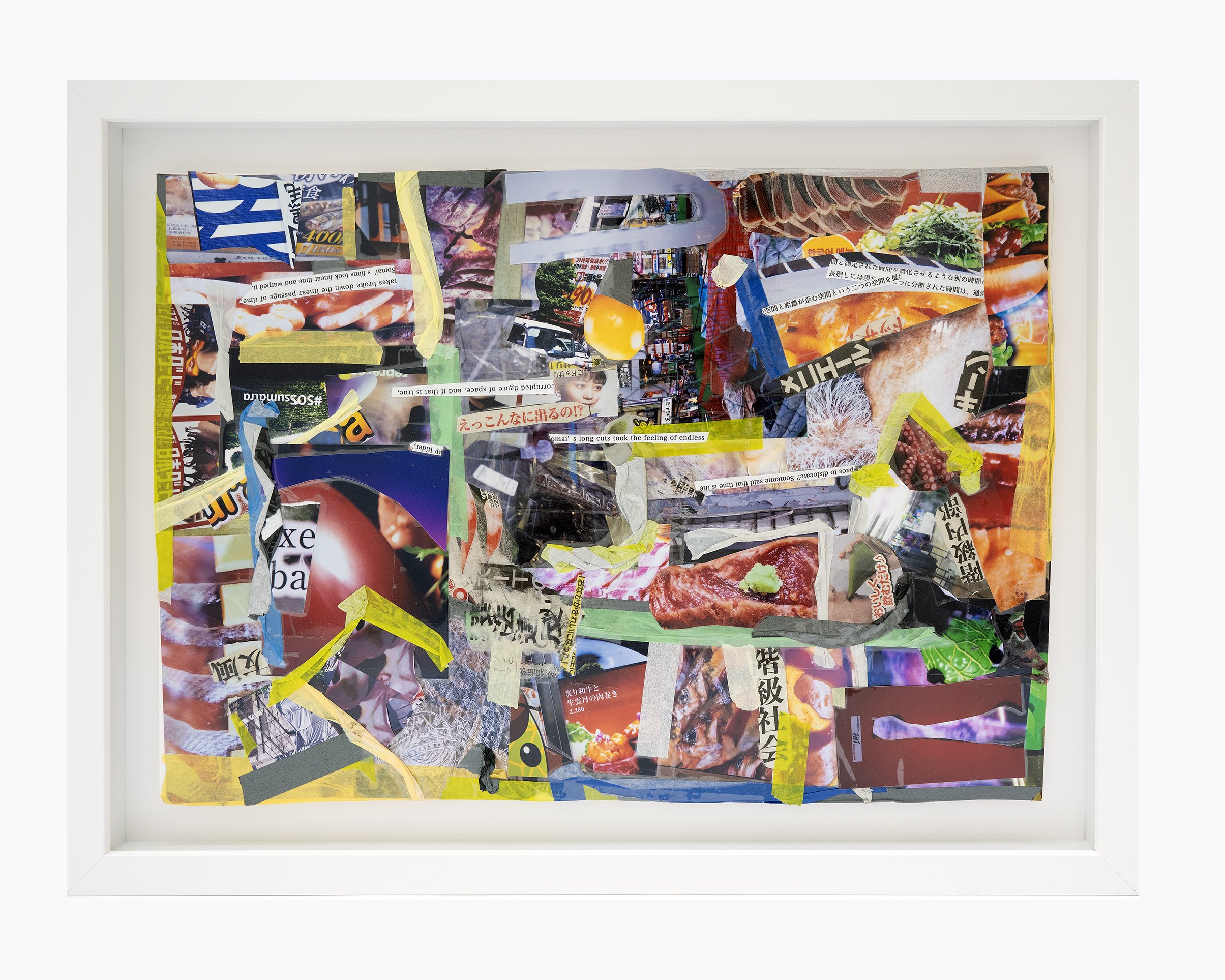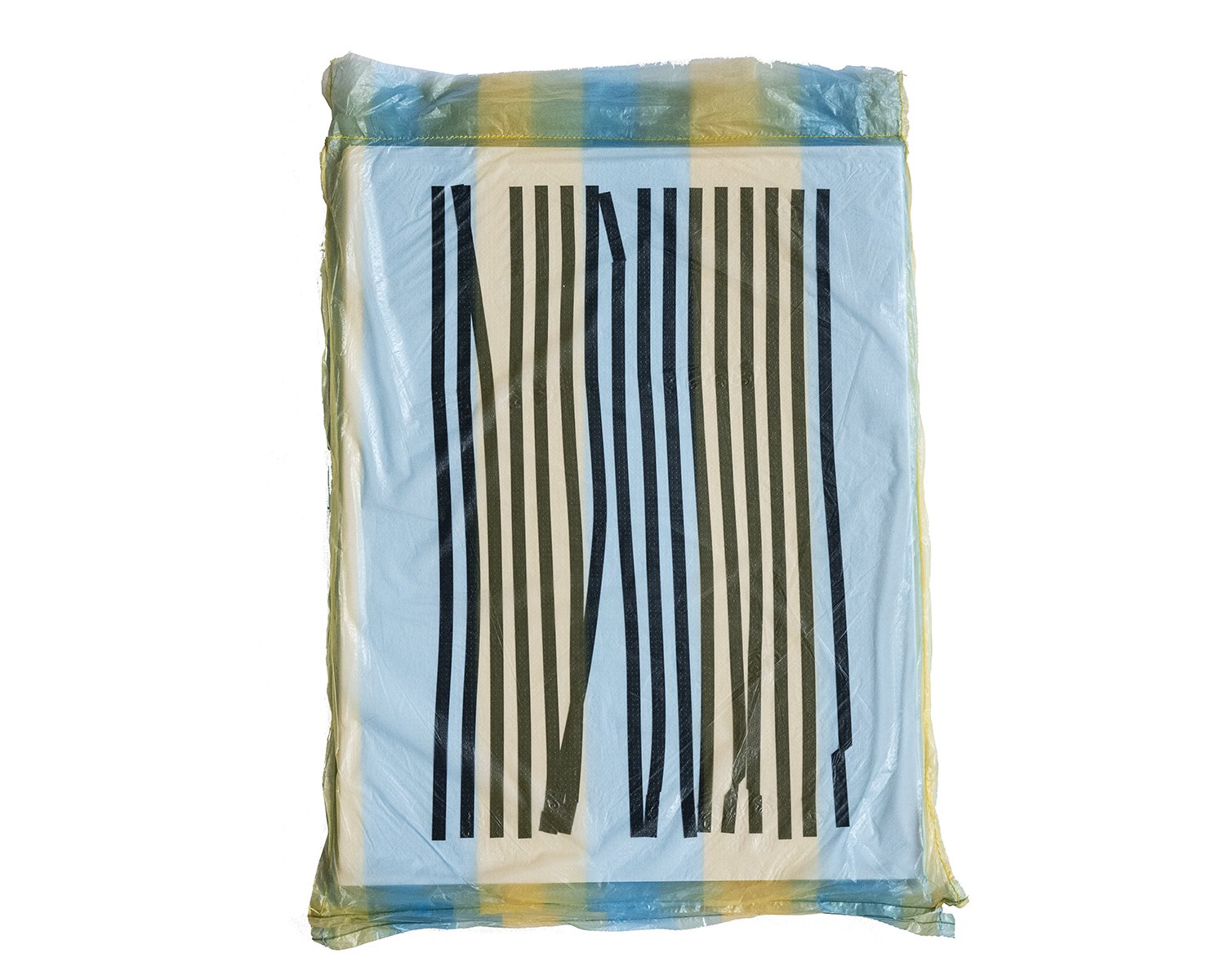 Image 1 of 12
Image 1 of 12

 Image 2 of 12
Image 2 of 12

 Image 3 of 12
Image 3 of 12

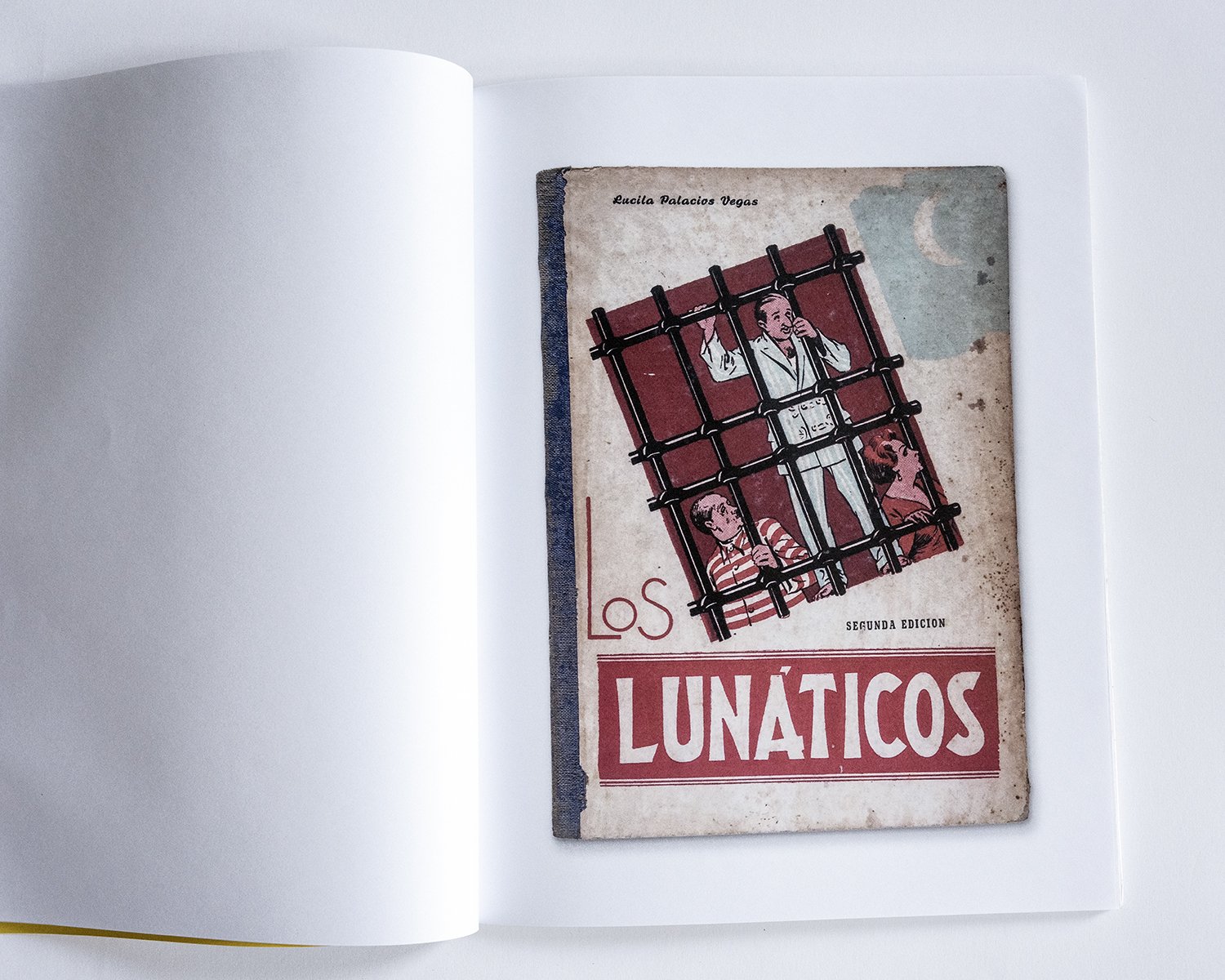 Image 4 of 12
Image 4 of 12

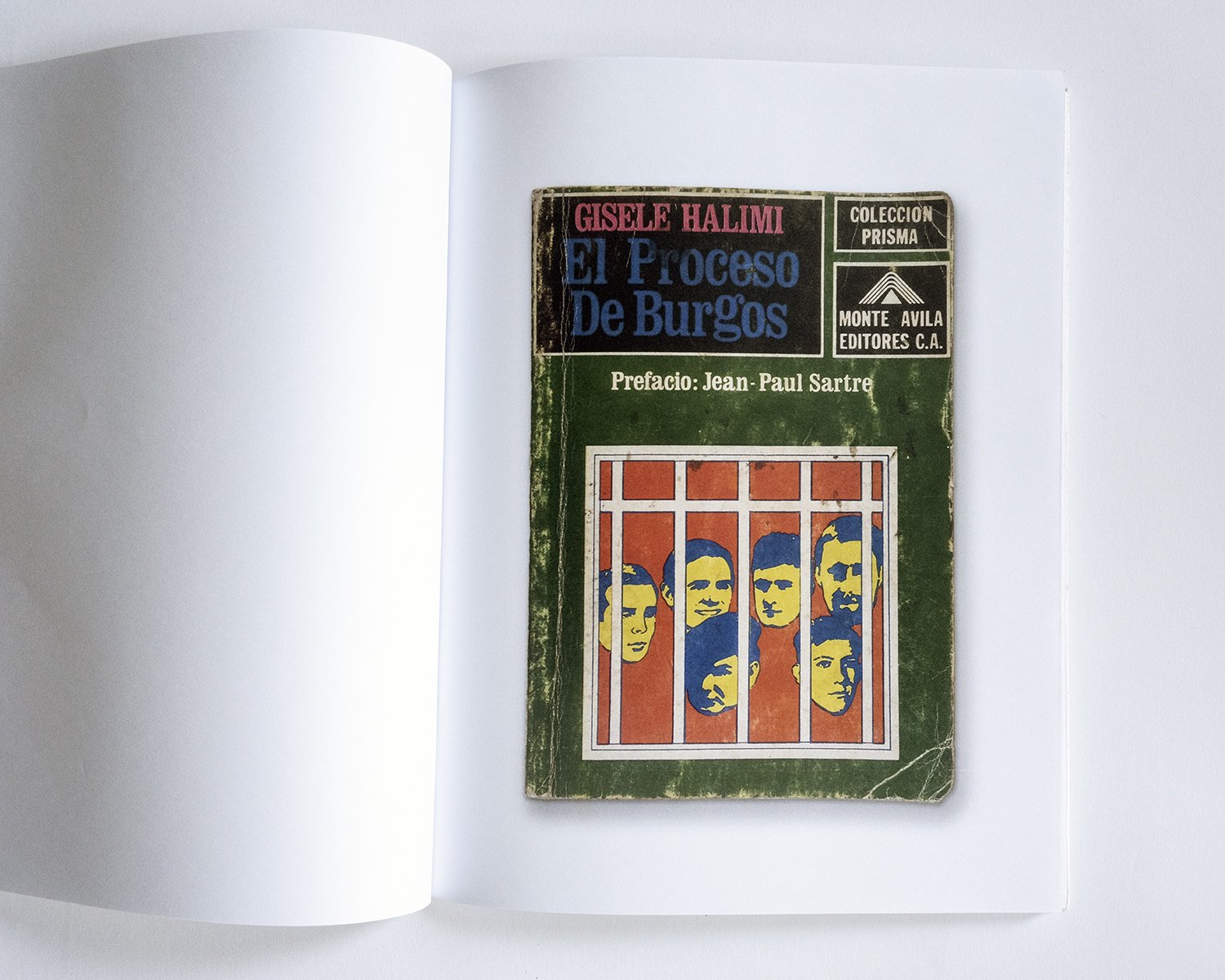 Image 5 of 12
Image 5 of 12

 Image 6 of 12
Image 6 of 12

 Image 7 of 12
Image 7 of 12

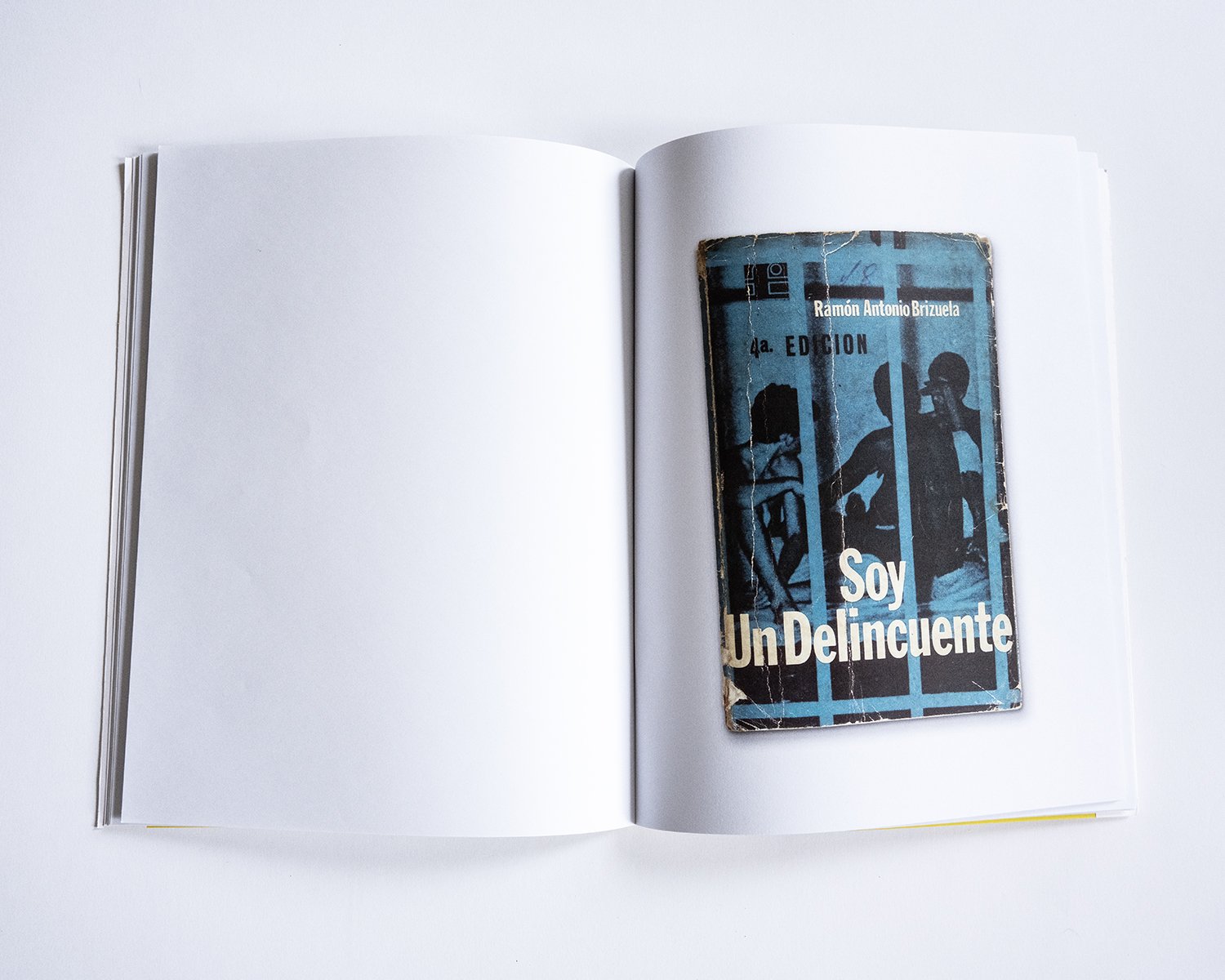 Image 8 of 12
Image 8 of 12

 Image 9 of 12
Image 9 of 12

 Image 10 of 12
Image 10 of 12

 Image 11 of 12
Image 11 of 12

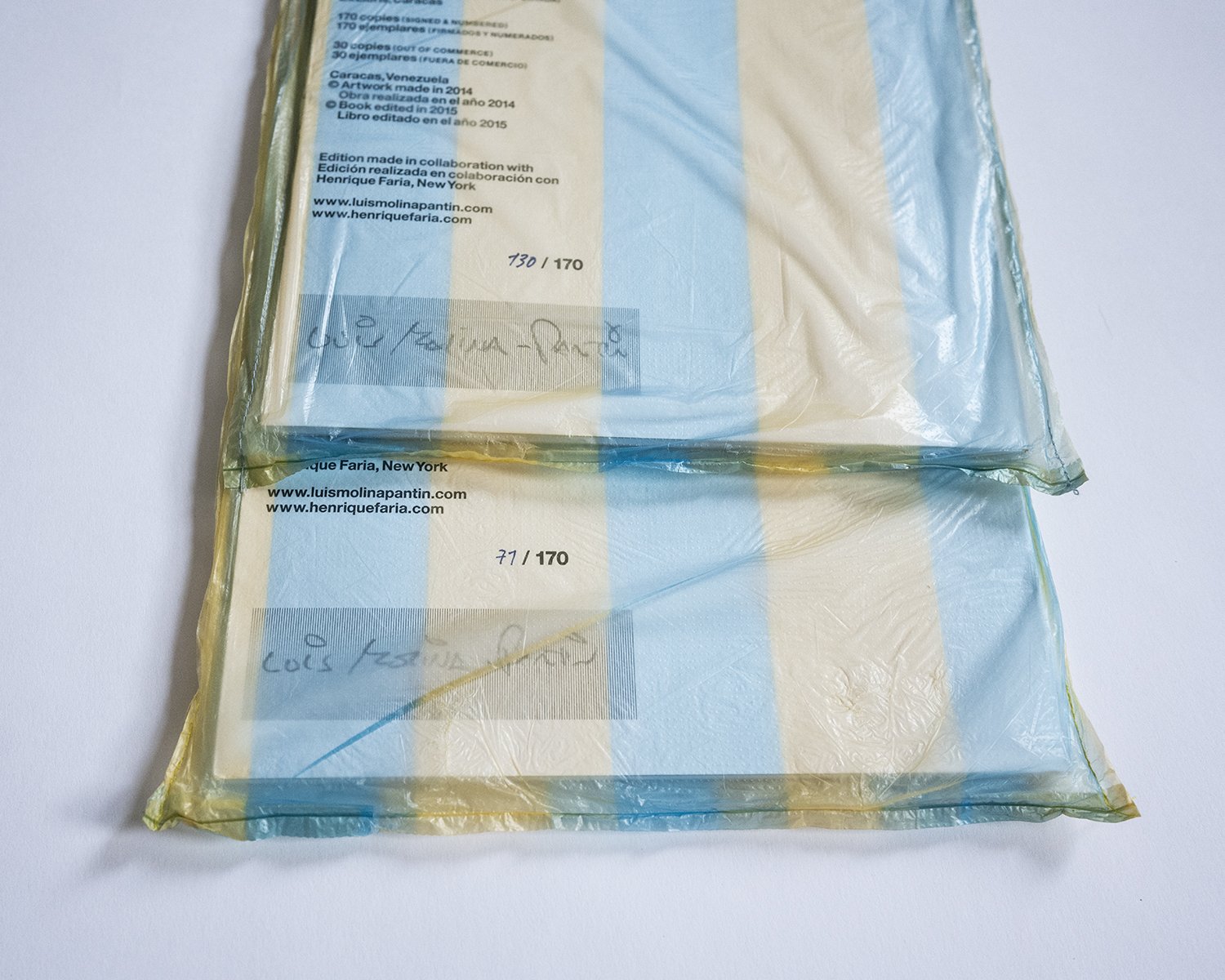 Image 12 of 12
Image 12 of 12













Kinetic Reading / Lectura Cinética by Luis Molina-Pantin (signed and numbered)
Publisher: Self-published in collaboration with Henrique Faria, New York, 2015
Book Design & Layout: Ricardo Báez
Size: 21.5 × 28 × 0.4 cm
Pages: 50
Binding: French fold binding; softcover (packaged in a plastic bag)
Edition: 1st edition, signed and numbered
Printing: Intenso Offset, Caracas (Indigo), Ex Libris (Offset), Caracas
Luis Molina-Pantin’s Kinetic Reading uses book covers—illustrated with prison bars and grids—to satirize Geometric Abstraction.
This artist's book, Kinetic Reading (Works on Paper), explores the legacy of Venezuelan modern art history, particularly kinetic art, which has been a constant influence on Molina-Pantin. Kinetic art remains a significant aesthetic movement in Venezuela, and Kinetic Reading (Lectura Cinética) (2014) presents a collection of book covers featuring images of prison bars and cells, evoking the sensation of linear movement akin to works by Carlos Cruz-Diez or Jesús Rafael Soto.
“I relate the prison bar patterns on these popular book covers to ‘our’ geometric movement. […] My goal is ultimately to find a formally lost harmony or ‘modernism’ that these items or places aren’t supposed to have,” explains the artist.
Publisher: Self-published in collaboration with Henrique Faria, New York, 2015
Book Design & Layout: Ricardo Báez
Size: 21.5 × 28 × 0.4 cm
Pages: 50
Binding: French fold binding; softcover (packaged in a plastic bag)
Edition: 1st edition, signed and numbered
Printing: Intenso Offset, Caracas (Indigo), Ex Libris (Offset), Caracas
Luis Molina-Pantin’s Kinetic Reading uses book covers—illustrated with prison bars and grids—to satirize Geometric Abstraction.
This artist's book, Kinetic Reading (Works on Paper), explores the legacy of Venezuelan modern art history, particularly kinetic art, which has been a constant influence on Molina-Pantin. Kinetic art remains a significant aesthetic movement in Venezuela, and Kinetic Reading (Lectura Cinética) (2014) presents a collection of book covers featuring images of prison bars and cells, evoking the sensation of linear movement akin to works by Carlos Cruz-Diez or Jesús Rafael Soto.
“I relate the prison bar patterns on these popular book covers to ‘our’ geometric movement. […] My goal is ultimately to find a formally lost harmony or ‘modernism’ that these items or places aren’t supposed to have,” explains the artist.





